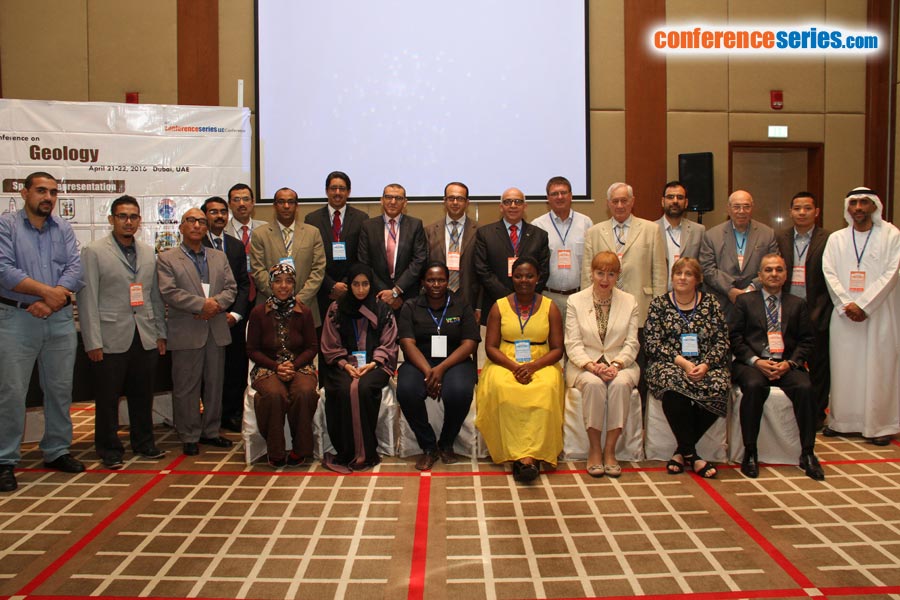
Nabil Sayed Embabi
Ain Shams University, Egypt
Title: New findings in the geomorphology of Egyptian sand dunes
Biography
Biography: Nabil Sayed Embabi
Abstract
Many studies indicate that Egypt is the cradle of dune research in the world. Dune studies started in Egypt at the end of the 19th Century and continue until the present time. According to most of the research work to date, there are 6 sand seas and 7 dune fields in Egypt, and the most recurrent forms in these sand accumulations are the linear and crescent ones. In addition, there are numerous minor sand accumulations that can be seen in various localities in the country. Detailed examination using available tools, especially high resolution space images and aerial photographs enabled the discovery of some previously unknown aspects about the geomorphology of Egyptian sand dunes. This work, therefore, addresses three findings. The first finding is a new dune field in the southern part of the Eastern Desert, which extends from Wadi El-Allaqi southwards and crosses the Egyptian-Sudanese borders. The second finding is the discovery of Star Dunes in the northern section of the Great Sand Sea and the southern section of South Qattara Sand Sea. Finally, the third finding is the Giant Ripples in the Central Section of Ghard Abu Moharik. Curiously, the face of these Giant Ripples is inclined northwards unlike that of dune faces which look southwards, a fact which is confirmed by field check. Grain size analysis revealed that the sand of the Giant Ripples is bimodal and that the windward side is composed of very coarse sand (2-3 mm), and the lee side is composed of medium-fine sand (0.250-0.0125 mm).
Speaker Presentations
Speaker PDFs
Speaker PPTs Click Here



